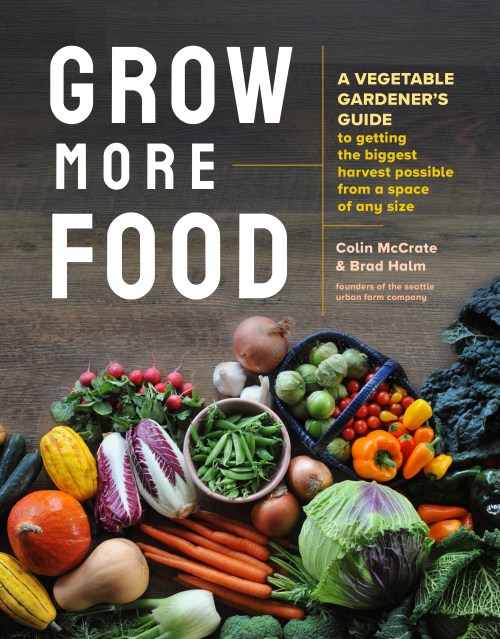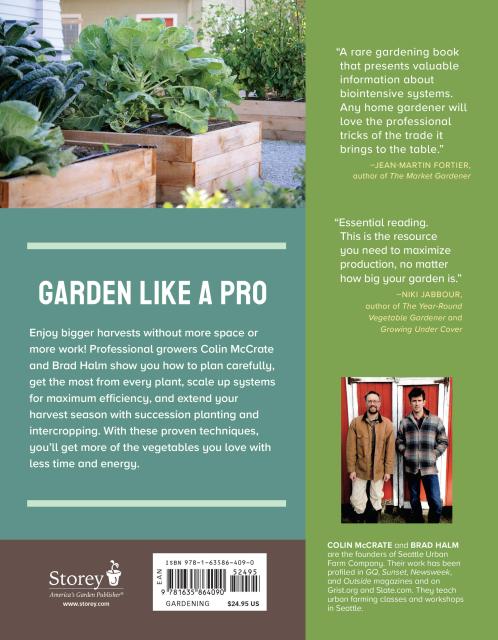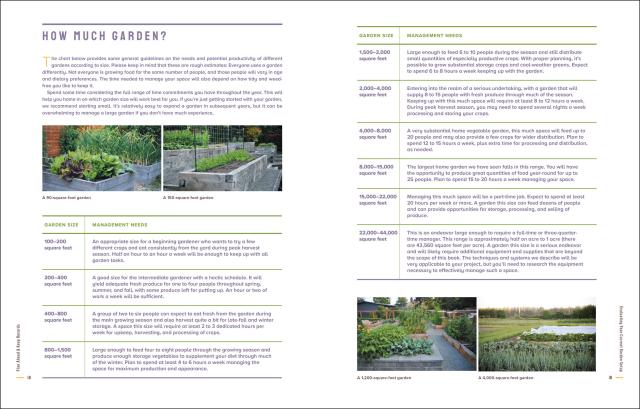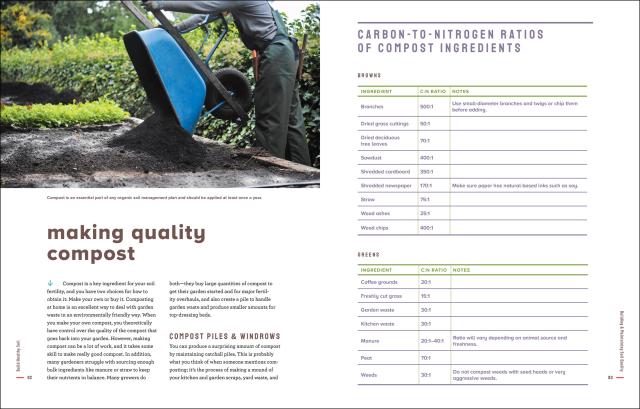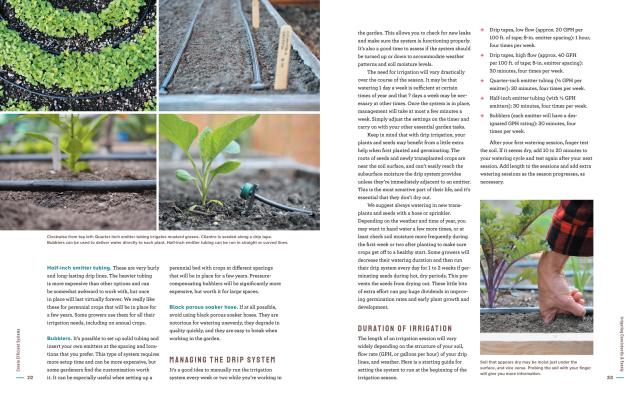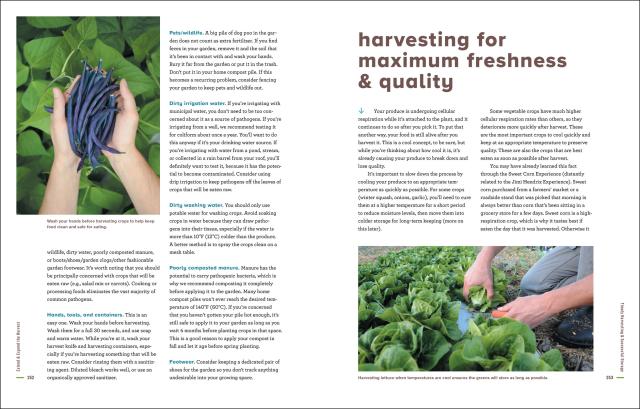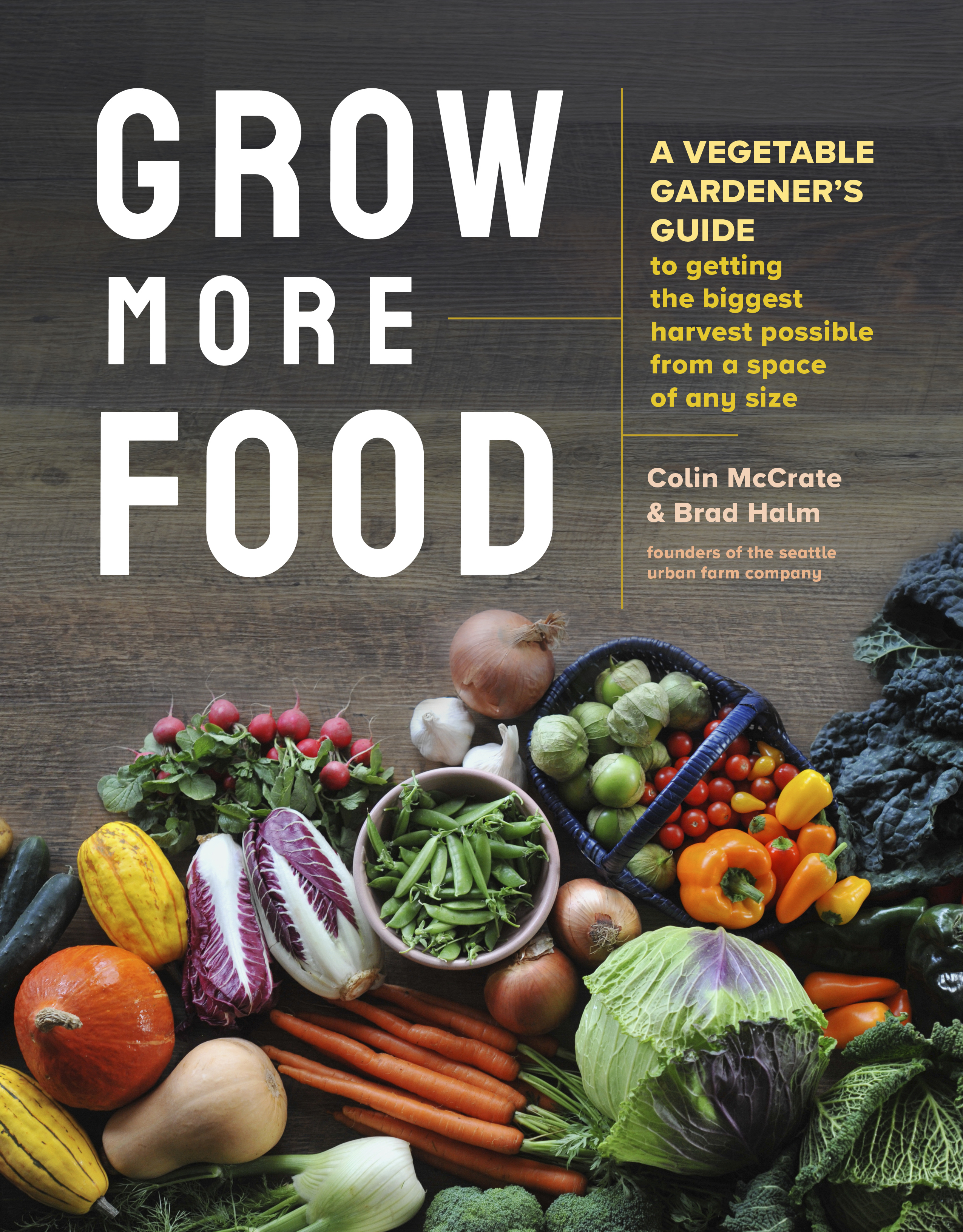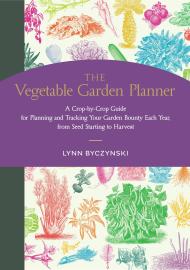Promotion
Use code MOM24 for 20% off site wide + free shipping over $45
Grow More Food
A Vegetable Gardener's Guide to Getting the Biggest Harvest Possible from a Space of Any Size
Contributors
By Brad Halm
Formats and Prices
Price
$24.95Price
$30.95 CADFormat
Format:
- Trade Paperback $24.95 $30.95 CAD
- ebook $12.99 $16.99 CAD
This item is a preorder. Your payment method will be charged immediately, and the product is expected to ship on or around February 1, 2022. This date is subject to change due to shipping delays beyond our control.
Also available from:
Along with chapters devoted to the Five Tenets of a Productive Gardener (Plan Well to Get the Most from Your Garden; Maximize Production in Each Bed; Get the Most out of Every Plant; Scale up Tools and Systems for Efficiency; and Expand and Extend the Harvest), the book contains interactive tools that home gardeners can use to assist them in determining how, when, and what to plant; evaluating crop health; and planning and storing the harvest. For today’s vegetable gardeners who want to grow as much of their own food as possible, this guide offers expert advice and strategies for cultivating a garden that supplies what they need.
Genre:
-
“Backyard gardeners looking to bring crops into their kitchen need look no further.” — Publisher’s Weekly
“Essential reading for all vegetable gardeners. ” —Niki Jabbour, Growing Under Cover
“Any home gardener will love the professional tricks of the trade.” —Jean-Martin Fortier, The Market Gardener
"Co-authors and founders of the Seattle Urban Farm Company, McCrate and Halm have gathered their years of experience working with backyard gardeners and small-space farmers into five informative chapters packed with growing tips and strategies for gardening with purpose and an eye on increasing production." —Pacific NW Magazine
"Authors Colin McCrate and Brad Halm, founders of Seattle Urban Farm Company, want to show you how to grow more food in the space you have—whether that’s a 90-square-foot garden or a half-acre one. They walk you through planning your garden setup, selecting seed varieties, making nutrient-rich compost, managing crop rotation, propagating cuttings, storing seeds and more. This book is a great guide for every stage of the vegetable-gardening process." —Modern Farmer
- On Sale
- Feb 1, 2022
- Page Count
- 304 pages
- Publisher
- Storey
- ISBN-13
- 9781635864090
Newsletter Signup
By clicking ‘Sign Up,’ I acknowledge that I have read and agree to Hachette Book Group’s Privacy Policy and Terms of Use
